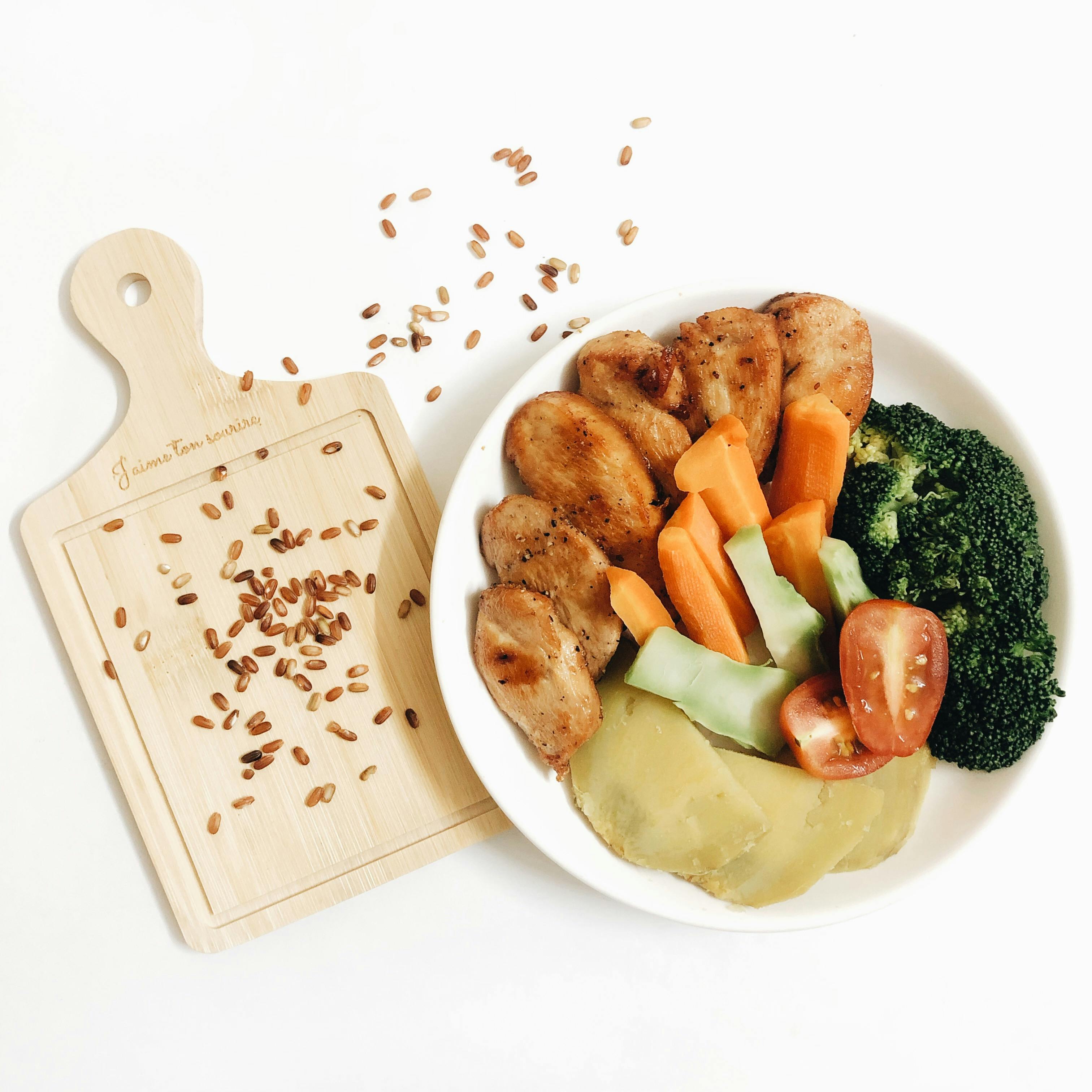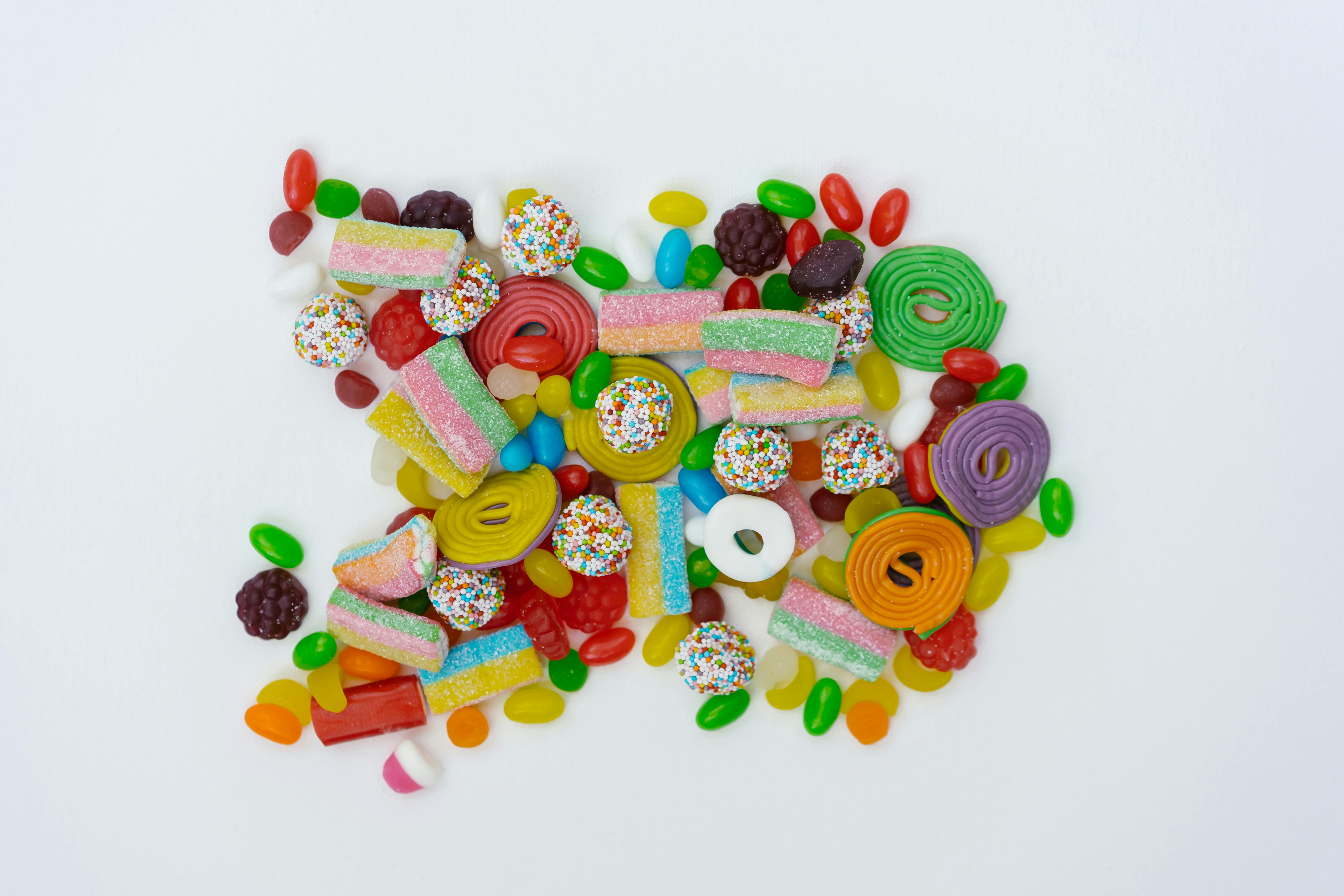5 Effective Ways to Identify a Bad Avocado in 2025
Avocados are a beloved fruit known for their creamy texture and versatility in numerous dishes, from guacamole to avocado toast. However, selecting the perfect avocado can sometimes be challenging, especially with the risk of encountering a bad avocado. With increasing awareness of food safety and freshness, it’s essential to be able to identify signs of spoilage. This article explores five effective methods for determining the avocado's condition and understanding the nuances of avocado quality. By familiarizing yourself with the signs of a spoiled avocado, you will ensure that every slice contributes positively to your health and culinary experience.
By investing a little time into learning how to recognize a bad avocado, you can avoid disappointment and enhance your enjoyment of this nutritious fruit. In the following sections, we will dive deeper into avocado texture issues, the common signs of spoilage, and tips for proper avocado handling. Let's embark on this journey of avocado inspection!
Visual Inspection for Avocado Quality
One of the first steps in identifying a bad avocado is to conduct a visual inspection. Start by examining its skin. A good avocado is typically green and firm, but when brown spots or discoloration appears, this may indicate damage or overripeness. Remember, while some varieties may have dark skin, others exhibit a healthier green hue. Look for avocados that are free from dark spots to ensure freshness.
Next, be mindful of the surface texture. If you notice any irregularities such as wrinkles or moles, these could be signs of aging or spoilage. Lastly, inspect the stem area; if it’s dark or mushy, the avocado is likely overripe or rotten. Visual checks are essential when it comes to buying avocados in the store. An avocado's physical appearance speaks volumes about its quality and ripeness.
Assessing Avocado Texture and Firmness
The texture and firmness of an avocado are crucial indicators of ripeness. A ripe avocado should yield gently to gentle pressure, indicating a soft yet sturdy interior. Be cautious, however; a mushy avocado might signal that it has gone bad. If the fruit feels excessively soft, it is advisable to avoid it as it may have passed its prime and degraded in quality.
A fresh avocado will exhibit a slight give but should not feel overly squishy. The challenge lies in balancing these textures; perfectly ripe avocados offer the best taste, while overripe ones can lead to flavor issues. Using touch as a means of avocado inspection is essential, so practice firmness detection when selecting avocados.
Identifying Bad Avocado Smell
An often-overlooked factor in identifying a bad avocado is the olfactory inspection. A fresh avocado will have a mild, pleasantly nutty aroma. In contrast, a bad avocado emits a distinctive sour or rancid smell, indicative of spoilage. Engage your senses and trust your nose when assessing the quality of an avocado.
Moreover, aromas can vary according to ripeness levels. For instance, ripened avocados may have a more robust scent. However, any significant off-odors should raise red flags about the avocado's edibility. Therefore, remember to use your sense of smell in the multilayered inspection of avocados.
Signs of Avocado Discoloration and Bruising
Discoloration on the skin or flesh of an avocado is a crucial sign to monitor. A brown avocado or discolored patches on the flesh indicate oxidation or bruising, suggesting that it may be spoiled. These spots could also mean that the avocado has been handled improperly, leading to injury that contributes to deterioration.
To properly assess discoloration, gently cut into the avocado. The flesh should be a vibrant green; any brown or dark spots indicate it may have gone bad. Take care when choosing avocados in the store by checking for signs of bruises or dark marks that could suggest previously damaged avocados. Ensuring that you select avocados without bruises or discoloration can help better your chances of enjoying perfectly ripe fruit.
Understanding Avocado Storage Issues
Lastly, understanding how storage affects avocado freshness is vital in preventing spoilage. Avocados must be stored correctly to prolong their shelf life and maintain quality. Ideal storage conditions involve keeping them at room temperature until ripe, after which they should be stored in the refrigerator to slow down further ripening.
When you cut an avocado, its exposed flesh should be covered appropriately, as oxidation can cause it to become unappetizingly brown. Consider using an airtight container or wrapping it with plastic wrap to aid storage. Taking the time to store avocados correctly will minimize spoilage and allow for better enjoyment of any avocado-based recipes.
 example.com/image2.png
example.com/image2.png
Final Thoughts on Avocado Quality
By applying these five effective strategies to identify a bad avocado, you can enhance your shopping experience and reduce food waste. Remember to conduct a thorough visual inspection, assess texture, engage your sense of smell, check for discoloration, and understand proper storage techniques. These methods not only promote better avocado selection but also enhance your culinary adventures.
As you explore the delightful world of avocados in recipes like guacamole, salads, or smoothies, always remember the importance of avocado quality. Paying attention to the signs of spoilage not only contributes to the enjoyment of this creamy fruit but also ensures you are consuming high-quality ingredients. Happy avocado hunting!
 example.com/image3.png
Its part of generated content. Can i generate another part?
example.com/image3.png
Its part of generated content. Can i generate another part? 